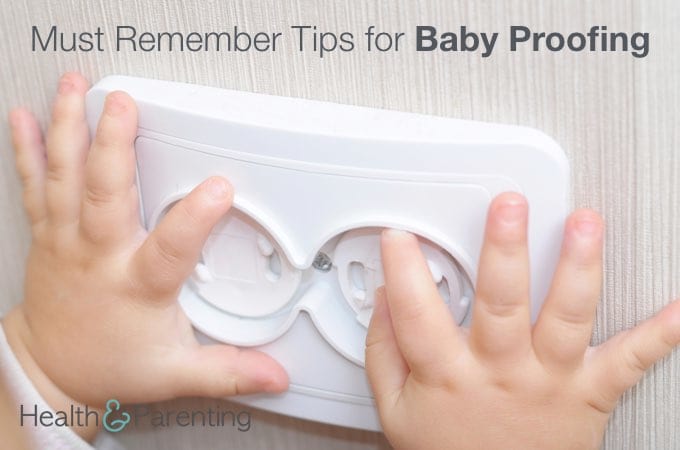Sitting up is an important milestone in the life of a baby. It means your baby is working on developing the strength and determination she needs for mobility. Oh yes, sitting is definitely a step towards crawling and it won’t be long before your baby is zooming around the room. It also means you’ll have your hands free more because your baby will be able to sit up all by herself.
By the time your baby is eight months old, she will probably be able to sit for a few minutes without toppling over. Once your baby is well on her way to sitting up, you’ll need to keep the following in mind:
- The lean forwards
When your baby first manages to sit up, she’ll need to use her hands for support. She will probably lean forwards onto her arms to provide extra support and she may occasionally topple forwards so it’s important to place her on padded surfaces for safety.
- The recline
There are a number of specialist baby products (and more budget-friendly household items) you can use to help prop your baby up whilst she’s learning to sit up. Breastfeeding pillows make a great snug for your baby to lean on, as do sofa cushions.
- The muscle development
You can try propping your baby up with pillows or placing toys just out of reach to try and encourage her to lift herself up, but really all you can do is wait. Your baby will learn to sit up when she’s good and ready. She’s busy developing muscle control, strengthening her muscles and working on her coordination so that she’ll soon be able to sit up unaided. In the meantime, it’s a waiting game.
- Baby proofing
Once your baby masters sitting up all by herself, you’ll need to make sure the room is safe for your baby. If you have hardwood floors, you’ll need a rug or baby blanket for her to sit on to prevent head injuries should she topple over. Sitting up is a precursor to cruising so it won’t be long before she’s pulling herself up and exploring the room. Crawl around the room on your hands and knees and look out for any potential dangers at baby-height.
Written by Fiona (@Fiona_Peacock), mother, writer and lover of all things baby related.
This information is not intended to replace the advice of a trained medical doctor. Health & Parenting Ltd disclaims any liability for the decisions you make based on this information, which is provided to you on a general information basis only and not as a substitute for personalized medical advice. All contents copyright © Health & Parenting Ltd 2016. All rights reserved.











